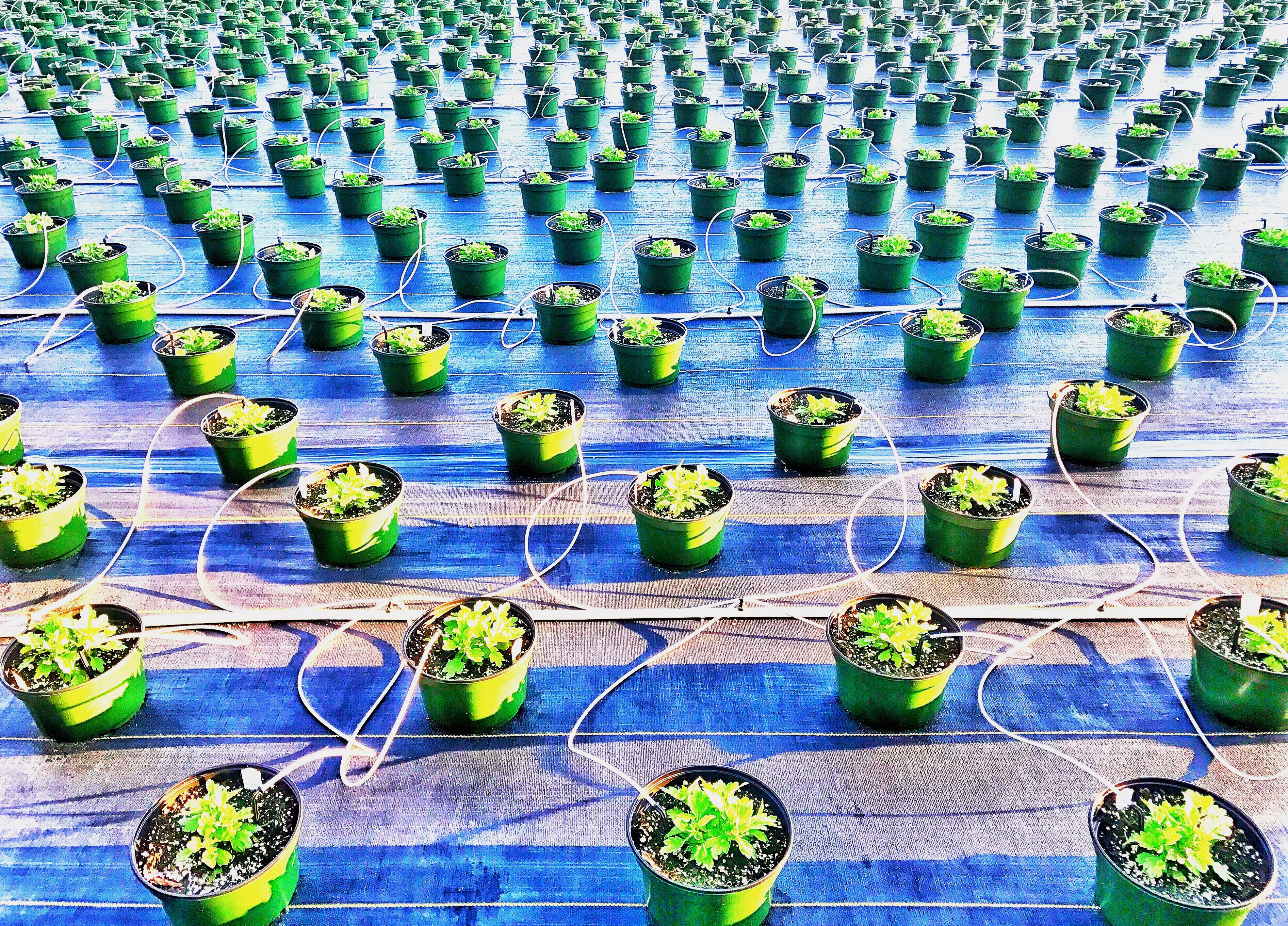The impact of green infrastructure on local communities in New Jersey
New York City is a world-renowned urban center, but not everyone realizes that the state of New Jersey, separated only by a bridge from Manhattan, has much to offer. In recent years, New Jersey has grown in popularity thanks to various initiatives led by local communities. One of the most important projects that are bringing huge benefits to residents is the development of green infrastructure. In this article, we will look at the impact of green infrastructure on local communities in New Jersey.
Increasing air quality
One of the most important aspects of green infrastructure is improving air quality. Plants, trees and shrubs absorb carbon dioxide and other harmful pollutants, which helps protect the atmosphere. With green roofs, parks, recreational areas and gardens, New Jersey communities can reap the benefits of healthier air.
Green roofs are one of the most popular elements of green infrastructure. The unique technology allows plants to be planted on the roofs of buildings, leading to a reduction in the urban heat island effect and improving the air quality around them. Studies have shown that green roofs help maintain lower temperatures in buildings, leading to reduced energy consumption and air conditioning costs.
Because of the benefits associated with cleaner air, local communities in New Jersey are investing in developing more recreational areas and parks. Greenery in cities also contributes to trapping dust and other pollutants transported by the wind, resulting in a better quality of life for residents.
Improving mental health
Green infrastructure also has a positive impact on residents' mental health. A growing body of research confirms that communing with nature and surrounding oneself with greenery can reduce stress, improve mood and lower depression levels. Many communities in New Jersey appreciate these benefits and are investing in the creation of urban community gardens, parks and bike paths that allow residents to enjoy nature on a daily basis.
Urban community gardens are a new initiative that aims to create gathering places for local residents. These are spaces where the community can plant vegetables, fruits and flowers, and spend time outdoors. This not only promotes a healthy lifestyle, but also creates a bond between residents and helps build a community rebuilt around a sustainable lifestyle.
Reducing flood risk
Green infrastructure also plays a key role in reducing flood risk. In New Jersey's cities, which are particularly vulnerable to extreme weather events such as hurricanes and downpours, creating green spaces is a priority.
Free-water meadows are one example of green infrastructure that help absorb rainwater. These natural places retain and absorb excess water, reducing the risk of flooding and overloading sewage systems. In addition, they provide a haven for a variety of animal and plant species, helping to protect local biodiversity.
Summary
Green infrastructure has an extremely positive impact on local communities in New Jersey. It improves air quality, contributes to the mental health of residents, and reduces flood risk. With innovative projects such as green roofs, urban community gardens and free-water meadows, New Jersey is becoming a model for other communities in sustainability and maintaining harmony with nature.
Add comment